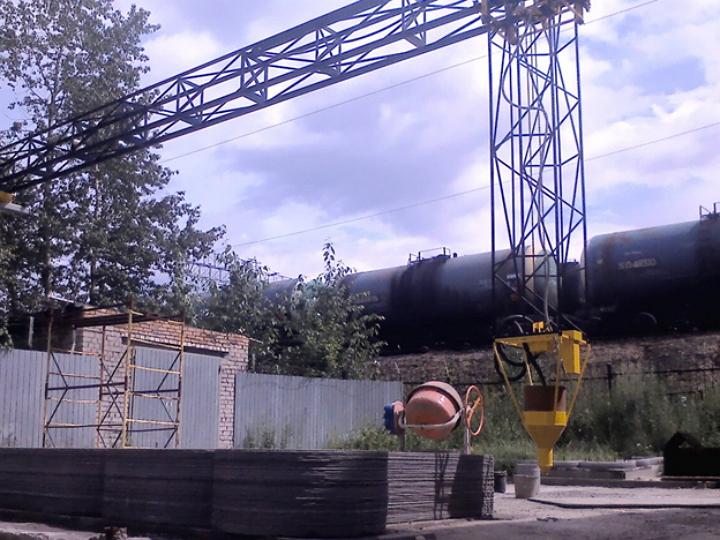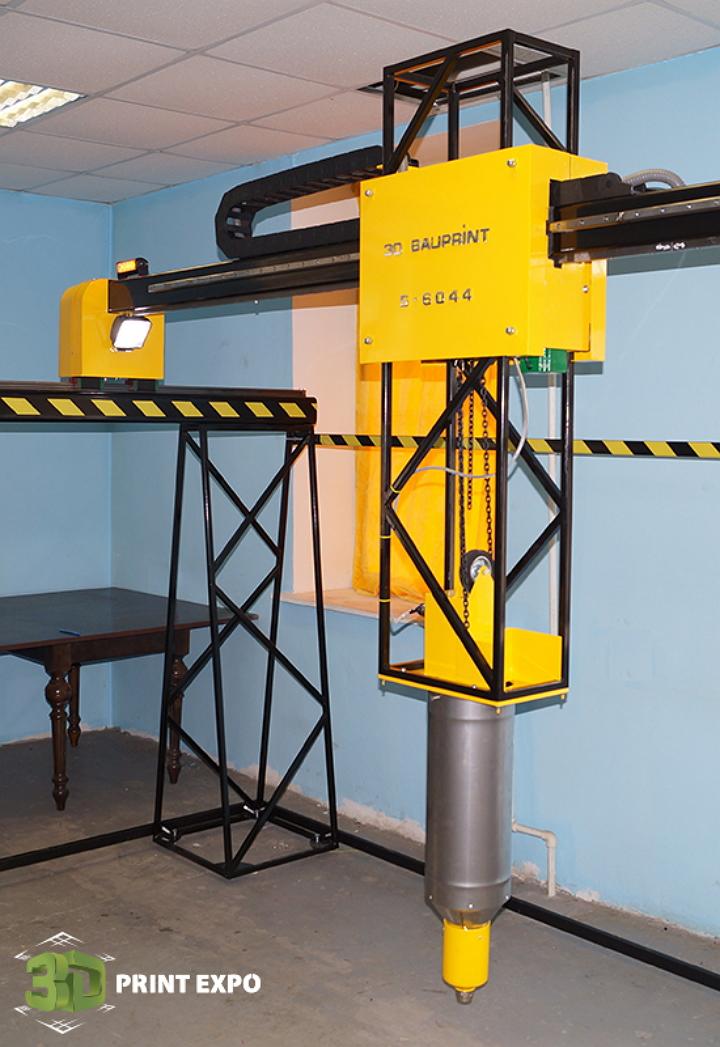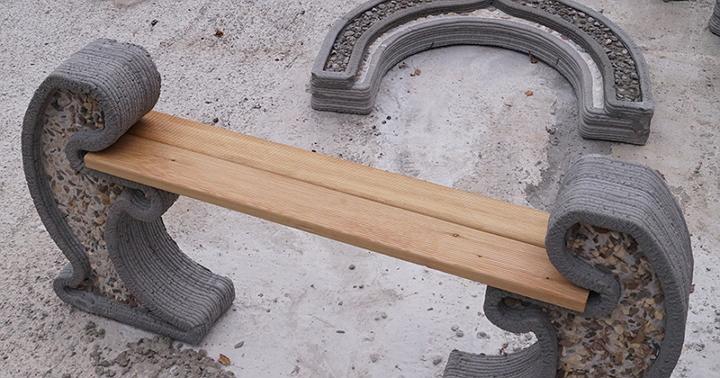 A unique presentation at the 3D Print Expo will demonstrate innovative new building construction methods and 3D printers from Russian firm Spetsavia. Spetsavia says the system can be installed on construction sites and is capable of printing houses in one single piece or producing a series of smaller, separate parts which can be joined to form the final structure.
A unique presentation at the 3D Print Expo will demonstrate innovative new building construction methods and 3D printers from Russian firm Spetsavia. Spetsavia says the system can be installed on construction sites and is capable of printing houses in one single piece or producing a series of smaller, separate parts which can be joined to form the final structure.
With an impressive print area of up to 12 cubic meters, the company says the largest of their devices is ideal for use by small and medium construction businesses. To date, the system has been used to create smaller objects for use in landscape design applications, printing individual construction blocks and building overall design elements for gazebos, loggias, summer houses or garages.
Spetsavia says their 3D printers such as the S-1160 work with a wide variety of building materials which range from traditional cement products to fire-resistive kaolin mixtures which can be used to build heat-sensitive projects like cooking, fireplace, barbecue, brazier and external oven items.
Spetsavia has primarily taken on projects like refurbishing airports in the Russian Federation and they specialize in construction (CMP) systems, landing, navigation and communication. They’ve assembled and installed towers up to 100 meters. In 2014 the company launched into the production of CNC plasma cutting machines and the production of those CNC machines led to the creation of 3D printing machines for the construction industry.

The company says that while a lack of a defined legislative framework and technical difficulties are still holding back complete adoption of 3D printing for construction applications, there are a wide range of cases where the technology is justified, cost effective and provides interesting results. Spetsavia says their S – 6043 machine is capable of printing the elements of buildings up to 5 x 3.2 meters and at a height of 2.8 meters. The printer can be used in ambient temperatures from +5 to + 30 degrees Celsius.
One of the keys to the system is the development of materials which meet the needs of the process itself. Concrete-like products of basalt fiber, steel or polypropylene along with the addition of other fibers to the concrete, can be used to achieve varying effects.
Such formulations can provide reinforcement of concrete, add to the rigidity and strength of the structure, reducing weight and even reducing the cost of creating reinforcement structures. They say that the resistance of products to bending under prolonged exposure to high temperatures, an increased ductility of slurries needed to feed a mixture through the printhead of the printer and the reduction of mixing times for materials have all made the process increasingly efficient.
The S – 6043 is capable of creating layer thicknesses of 10 mm and a width of 30 mm, and the printable concrete mixture is good for up to an an hour.
The S – 1160 model, the largest of the line, features a “working field” of an enormous 10 x 7 meters, and Spetsavia says that printer allows builders to print structures up to 5.5 meters tall and, in a single run, and the printer can print a house of more than 120 square meters in a single piece. The company has also been able to integrate other components such as rebar, piping and insulation within their printed structures, hinting at where they could ultimately take this technology.
The printers will be demonstrated at the 3D Print Expo, the largest advanced 3D printing and scanning technologies exhibition in the CIS countries and Easter Europe. The exhibition is aimed at bringing together experts in 3D printing and scanning technology and runs from October 8-10 in Moscow.
Have you ever seen a 3D printer capable of creating a building in person as it works? Let us know in the Russian 3D Building Printer forum thread on 3DPB.com.
Subscribe to Our Email Newsletter
Stay up-to-date on all the latest news from the 3D printing industry and receive information and offers from third party vendors.
You May Also Like
Precision at the Microscale: UK Researchers Advance Medical Devices with BMF’s 3D Printing Tech
University of Nottingham researchers are using Boston Micro Fabrication‘s (BMF) 3D printing technology to develop medical devices that improve compatibility with human tissue. Funded by a UK grant, this project...
3D Printing Webinar and Event Roundup: April 21, 2024
It’s another busy week of webinars and events, starting with Hannover Messe in Germany and continuing with Metalcasting Congress, Chinaplas, TechBlick’s Innovation Festival, and more. Stratasys continues its advanced training...
3D Printing Webinar and Event Roundup: March 17, 2024
It’s another busy week of webinars and events, including SALMED 2024 and AM Forum in Berlin. Stratasys continues its in-person training and is offering two webinars, ASTM is holding a...
3D Printed Micro Antenna is 15% Smaller and 6X Lighter
Horizon Microtechnologies has achieved success in creating a high-frequency D-Band horn antenna through micro 3D printing. However, this achievement did not rely solely on 3D printing; it involved a combination...































